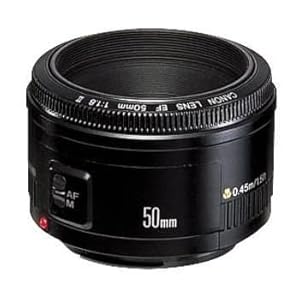Ok now I will attempt to explain how to achieve this look with your camera.
Bokeh is easier to get when you use a large aperture. Aperture is the hole or opening that the light travels through. Think of it as a big window. A large aperture has the shade all the way open and a small aperture has the shade almost closed. When the shade is all the way open the room is flooded with light. When the shade is almost closed the light is in a specific location with just a small area in the room illuminated. What makes it confusing is larger aperture is a smaller number. It is measured in f stops.
Trying to explain why a larger aperture causes Bokeh is out of my comfort zone. I tried to read and find an easy explanation and I felt like I was in a physics class. So let’s just go with it does and who cares why.
If you have a digital SLR camera and you are afraid of the manual settings then the easiest manual setting for aperture adjustment is AV. You pick the large aperture (small number) and it picks the shutter speed. The shutter speed would be how long you left the shade open. When you have your shade open to expose more window you don’t want it open for long because you will get too much light so you need it to have a fast shutter speed. (Close the shade faster.)
According to the SLR Photography guide website, here are the important steps to achieving blurred backgrounds with good bokeh.
- start with a low aperture or f number as it's also known (see examples below)
- if you're using a telephoto lens, zoom it out to the longest length
- move in so your physically as close to the subject as your lens will allow you to be, yet still focus properly
- photograph subjects where the background objects aren't too close behind
- light of some sort, whether it be sunlight steaming through branches or street lights when doing a night portrait, will be helpful when shooting bokeh
I did some experimenting to show you what all this means.
#1 The numbers below are the aperture sizes I used in each photo. It starts with an f. Remember a small number is a bigger window opening.
f 1.4
f 5.0
f 9.0
f 13
Notice how the background becomes more clear with when the number gets bigger (aperture gets smaller –I know that seems so confusing).
The first photo is more interesting because the hutch I was suppose to paint back in July is busy and distracting in the other photos and it removes the focus from my object.
So that was the first way. Large aperture.
2nd tip was to use a telephoto lens and zoom in on the subject.
I think that one is easy enough not to demonstrate.
3rd tip was to get in close to the subject which kind of goes with the zooming in with a telephoto lens which is what I used for these photos.
f 4.0
f 5.0
Although the first photo has the larger aperture (smaller number) the 2nd photo has more of a blur to the background because I was closer to the subject.
This shot was f 3.5 but I am so far away and not just focused on the subject so the entire room stayed sharp and focused. Why? I don’t know because I don’t understand physics or all the explanations that I have read. It just does.
You really don’t notice my hydrangea at all in this pic because there is too much to look at. Like my laundry waiting to be put up on my pool table and the mess on my bar and the hutch that needs to be painted.
Another advantage to bokeh is you don’t to clean before a photo shoot because you can’t see things like piles of laundry in the background!
4th tip was to photograph the subjects where the background objects weren’t too close behind.
I placed the flower on the hutch instead of the table and you can easily see more details, but as the objects are farther away like the fish and flowers to the right they get more out of focus. This was f 5.0
The last tip was light. I have a bay window behind me in all these shots.
A great lens that makes bokeh easy for Canon SLR cameras is a 50mm with a larger aperture.
You can buy one for $100 or for $300.
Here is the $119 50mm f 1.8. Go here to read more about it at Amazon.

And the $379 50mm f 1.4

I first learned about these lenses from my blogging friend Mandi @ Tidbits from the Tremaynes. I envied her photos and asked her questions and she gave me answers. She is my photo mentor. She is going to do a guest post for me this week about bokeh.
I absolutely love her family pics. Heck her pics of scrap wood pieces are amazing too.
What do you do if you have a point and shoot?
I spent my morning off of work trying to experiment with my point and shoot camera. I did some reading on how to get bokeh with a point and shoot and there is a lot of info out there if you are willing to spend the time and read it.
I was able to achieve the look when I stood far away from my subject and zoomed in close and my subject was far from background objects.
I zoomed in for this shot and then zoomed out and it looked like the photo below.
I also read the macro (flower on your camera) setting helps with this.
So practice and see what you can do. Even if you can’t get it to work or you have to use editing like I discussed in the first post link up to the party on the 15th so we can all learn from our practice. You never know when someone might have a great tip for you. If you didn’t catch the first post I did earlier today go here to see it.
Looking forward to seeing you at the party next week. Let me know if you have any questions. Stay tuned for Mandi’s guest post coming soon.
Tracy







































